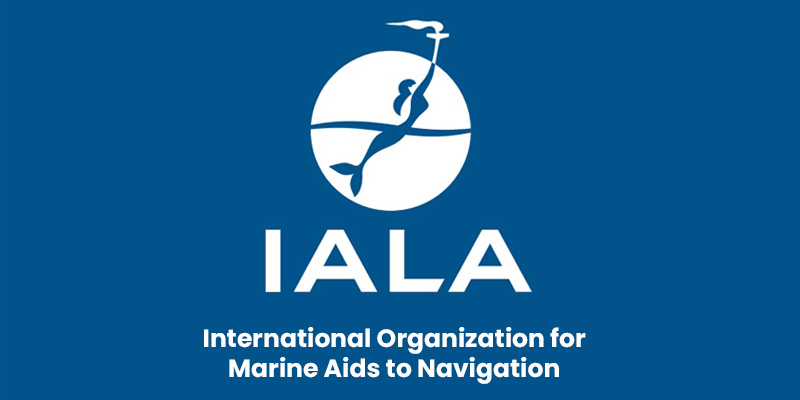Camp David Accords
Context:
The Camp David Accords were a pair of political agreements signed by Egyptian President Anwar Sadat and Israeli Prime Minister Menachem Begin on September 17, 1978, following 13 days of secret negotiations at Camp David, the country retreat of the President of the United States in Maryland. The two framework agreements were signed at the White House and witnessed by President Jimmy Carter.
Establishing Peace Between Egypt and Israel:
- The second framework agreement, “A Framework for the Conclusion of a Peace Treaty between Egypt and Israel“, led directly to the 1979 Egypt–Israel peace treaty, formally ending the state of war that had existed between the two countries since 1948.
- The peace treaty was a landmark achievement, as Egypt was the first Arab country to recognise Israel and establish diplomatic relations.
- It normalised relations between the two countries and led to the return of the Sinai Peninsula, occupied by Israel in the 1967 Six-Day War, to Egypt.
- The peace treaty had significant domestic repercussions for Sadat.
- His decision to engage with Israel was met with widespread criticism and unrest within Egypt, culminating in his assassination in 1981 by Islamist extremists who opposed his policies and perceived betrayal of Arab nationalism.
Arab Nationalism:Arab nationalism is a political ideology that emerged in the late 19th century. It promotes the unity of Arab peoples from North Africa to the Persian Gulf and calls for the creation of a single Arab state or the unification of existing Arab states based on the common culture, language, history, and geography of the Arab world. Arab nationalism expanded the idea of Middle East geopolitics by:
|
Changing Egypt’s Stance in the Arab World:
- The Camp David Accords changed Egypt’s perception within the Arab world.
- As the most powerful Arab military and a leader in the Arab world under Nasser, Egypt’s realignment with Israel created a power vacuum that Iraq’s Saddam Hussein sought to fill.
- Egypt was subsequently suspended from the Arab League from 1979 until 1989 due to its peace treaty with Israel.
Providing a Framework for Palestinian Self-Government:
- The first framework agreement, “A Framework for Peace in the Middle East“, dealt with the Palestinian territories.
- It called for a transitional self-governing Palestinian authority in the West Bank and Gaza, with the final status to be negotiated later.
- Although these provisions were not immediately implemented, they laid the groundwork for future negotiations, such as the 1993 Oslo Accords between Israel and the PLO.
Carter Doctrine:
The Carter Doctrine, articulated by President Jimmy Carter in 1980, was a US policy stating that any attempt by outside forces to control the Persian Gulf region would be viewed as an assault on US interests and would be met with military force if necessary. This doctrine emerged partly as a response to the geopolitical changes following the Camp David Accords. It aimed to ensure American influence in the Middle East amidst rising tensions during the Cold War.
Role of the United States:
- The Camp David Accords were brokered by U.S. President Jimmy Carter, who played a crucial role as a mediator and broker between Sadat and Begin, about which Carter has also mentioned in his book, “Keeping Faith: Memoirs of a President”.
- Carter’s leadership, along with Sadat and Begin’s remarkable political risks, were key factors in the negotiations’ success.




